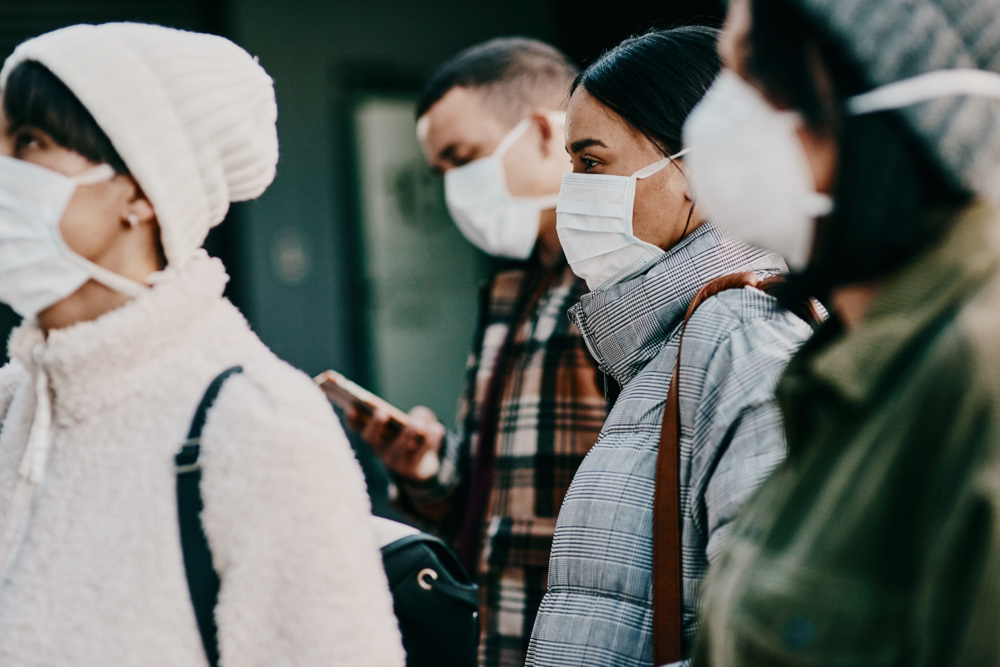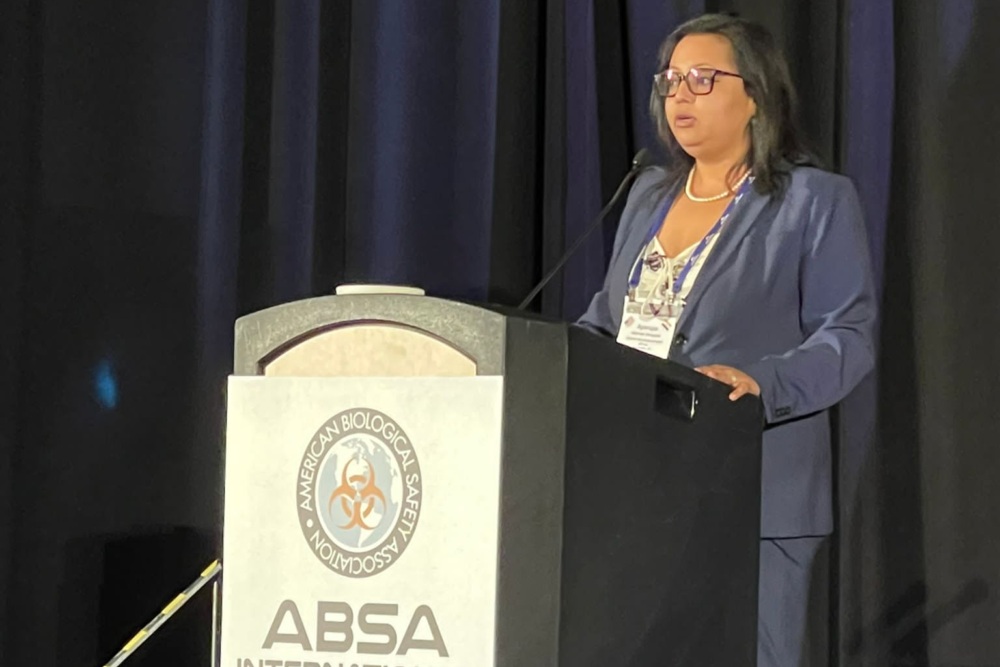
Shayna Korol
Program Associate
Atomic Pulse
NTI is working with international partners to develop a new Joint Assessment Mechanism (JAM) within the office of the UN Secretary-General to rapidly identify outbreak origins. Without the ability to quickly determine the origin of an outbreak, researchers are hampered in their ability to rapidly develop vaccines and other medical countermeasures that can slow the pace of the outbreak, ultimately saving countless lives. Drawing on a fictional scenario used in an NTI and Munich Security Conference tabletop exercise, NTI | bio’s Shayna Korol examines what the JAM would look like in action and describes the impact it could have on international security.
What the next pandemic could look like
In the fictional nation of Andoriban, there is an unusual viral outbreak among cattle. The virus, named “Akhmeta,” spills over to humans, causing a local epidemic. Soon, it is detected in neighboring countries, and then it spreads globally. International health authorities struggle to identify the origins of the virus, and the international community fails to coordinate an initial response. Seventy-five days after first discovering the pathogen, the World Health Organization (WHO) declares the Akhmeta outbreak a public health emergency of international concern and soon it develops into a full-scale pandemic.
The pandemic disrupts global supply chains, straining healthcare systems and other critical infrastructure and increasing food shortages. The existing antiviral treatments lose efficacy, and vaccine development moves slowly.
Eventually, Andoriban investigators discover that the nation of Manria—Andoriban’s longtime adversary—has repeatedly hacked into critical biosurveillance databases. Why? Manria’s clandestine bioweapons program was actually the source of the initial outbreak, and the responsible parties hacked into the Andoribans’ databases to manipulate data that would reveal the truth. The cyberattack and Andoriban’s resulting inability to quickly uncover the cause of the outbreak hampered vaccine development, contributing to the pandemic’s spread and undermining trust in the global pandemic response.
By the end of the fictional exercise, the Akhmeta pandemic resulted in 2.2 billion cases and 120 million lives lost over 20 months.
Filling the gap: A Joint Assessment Mechanism to determine outbreak origins
The Akhmeta pandemic, Andoriban, and Manria are all fictional—but the threat of an accidental or deliberate pandemic is real. The tabletop exercise hosted by NTI and the Munich Security Conference that brought together 22 senior leaders from across sectors to identify gaps in the global biosecurity architecture revealed that the world is dangerously unprepared to address current and future biological threats—despite the shared experiences from the COVID-19 pandemic. Specifically, the existing global capabilities to assess the source of outbreaks of uncertain origin are inadequate.
The World Health Organization has a comparative advantage in assessing naturally occurring outbreaks and the UN Secretary-General’s Mechanism (UNSGM) for Investigation of Alleged Use of Chemical and Biological Weapons has the authority to investigate allegations of deliberate bioweapons use. However, there is a critical gap for cases where it is unclear if the outbreak emerged naturally or may have resulted from a deliberate or accidental release. This is where the Joint Assessment Mechanism (JAM) could come into play.
The JAM in action
NTI’s proposed UN-based JAM would work to establish facts about an outbreak with uncertain origins. The JAM would have the operational capabilities to rapidly launch an assessment using new tools, methods, and technologies—such as bioinformatics, data science, and AI. If the JAM had existed during the fictional Akhmeta pandemic, the scenario could have played out very differently:
Why the JAM matters
Greater investments in biosecurity capabilities like the JAM will make the world more resilient in the face of pandemic threats have profound implications for international security. Having a clearer understanding a pandemic’s origin and course could allow researchers to quickly develop medical countermeasures. Introducing vaccines earlier leads to fewer infections and deaths, and as this scenario demonstrates, stronger tools for attribution can alter the course of outbreaks, ultimately saving countless lives. If the JAM had existed in 2019 or 2020, some of the challenges in identifying COVID-19’s origins and mitigating its impact may have been avoided. The JAM’s investigative capabilities also may serve to deter malicious actors from developing and using biological weapons.
No one knows where or when the next high-consequence biological event will emerge, but having the capability to establish the facts about an outbreak of ambiguous origin will greatly improve the international community’s ability to prevent and mitigate the next pandemic.
Sign up for our newsletter to get the latest on nuclear and biological threats.
The current conflict in Ukraine has caused severe disruption to regional and global security, including growing concerns about the potential use of unconventional weapons.
NTI | bio Senior Program Officer Dr. Aparupa Sengupta on why efforts to strengthen global biosafety and biosecurity must prioritize diversity and inclusion.
NTI | bio Senior Director Nathan Paxton on using democratic collaboration to improve pandemic security



